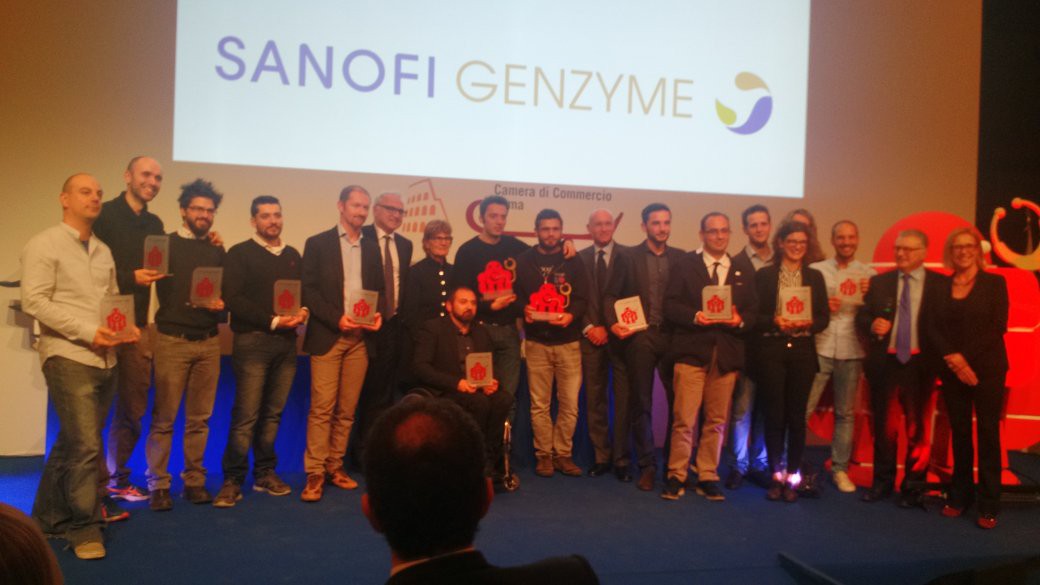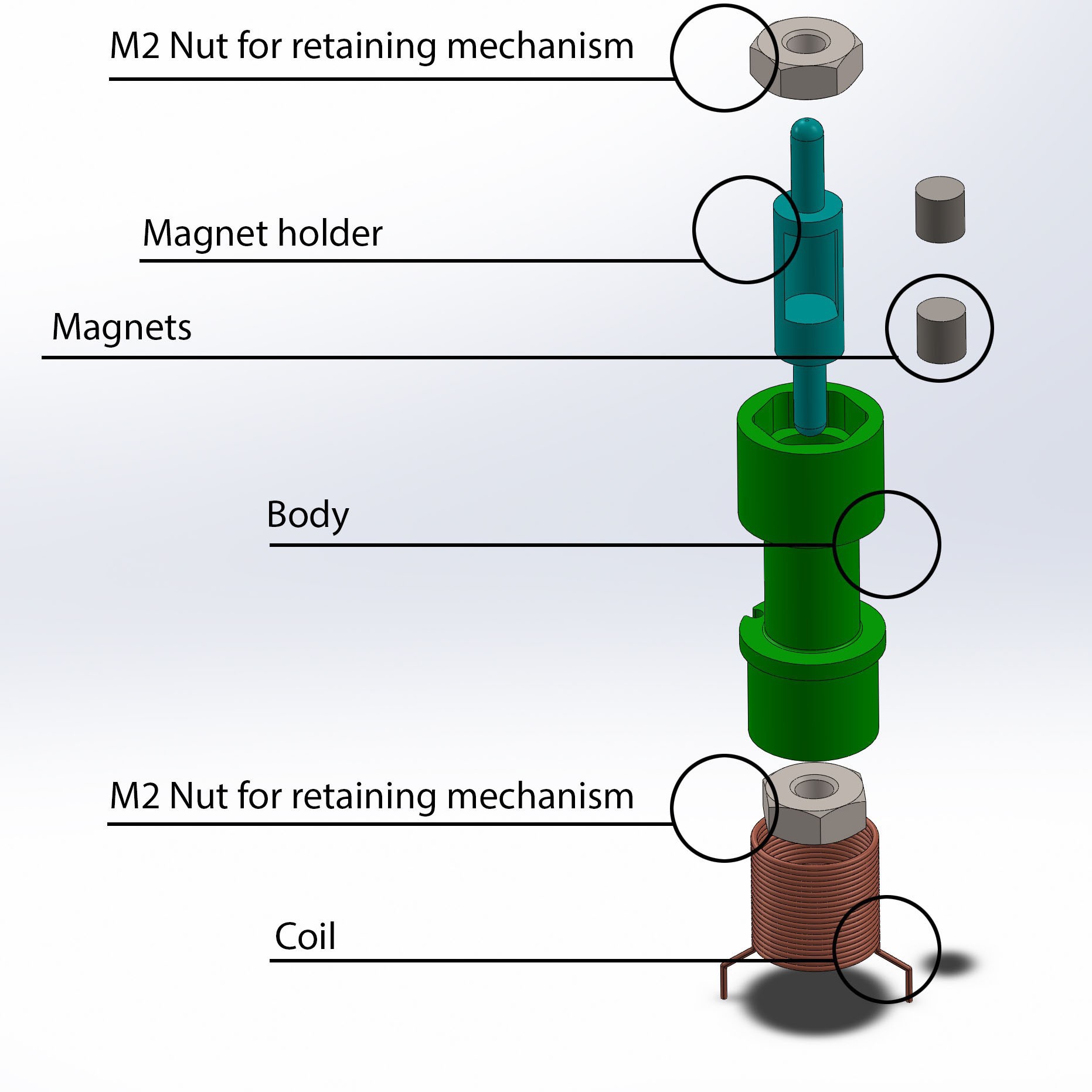-
Molbed 2.0: improvements
09/04/2017 at 13:56 • 1 comment![]()
The idea of the new Molbed: Flexinol actuators instead of the magnetic actuators.
Activating the coils on Molbed 1.0 posed some problems: the "kickback" of the magnets moving was sometimes strong enough to affect nearby pins, and reducing the power was sometimes not strong enough to activate them.
To avoid this, a flexinol wire can be used; modulating current can be used to shrink its length by approx 0.5%; for each pin, two wires of approx 24mm will be used; they will provide 1mm of movement that is amplified with a lever mechanism.
Most of the parts will be 3D printed, with a high definition resin 3d printer. The pins will be probably metal 3d printed, and the base of each character will still have electonical connections, breadboard friendly.
![]()
-
The first working prototype unit: Molbed 1.0
09/04/2017 at 13:55 • 0 comments![]()
The testing characters in this unit works well; finding the perfect balance is still under progress, and a lot of optimization of the pins can be done. I have redesigned the character PCB, with smaller pads for easier soldering of the enameled copper wires.
I have made 3 different testing boards, designed as Arduino Uno Shields, for easy testing of the characters. Two of them have a small embedded Oled display for showing the corresponding letter and debugging. I even designed a 3d modeled cover for it ;)
-
Testing of the first prototype and feedback
09/04/2017 at 13:52 • 0 comments![]() The first prototype has been tested thanks to the Italian association for visually impaired people.
The first prototype has been tested thanks to the Italian association for visually impaired people.Their feedback can be summarized as follows:
Pins and characters must respect size and dimensions as defined in standards like the US and California
"Communication Elements and Features includes items for communicating information to persons wit
h hearing and visual impairments. Section 703".One line of characters can be enough, if it can refresh with a decent speed.
8-pins character cells are a must if Molbed has to work with PC or other digital devices.
![]()
Molbed has been also one of the 13 finalist (not winner, unfortunatey!) of Make to Care within the last maker Faire in Rome, Italy. We received a lot of feedback there also, and many people were interested in the idea of a low cost refreshable Braille display.
-
The first iteration
09/04/2017 at 13:46 • 0 commentsThis is the module of the first iteration. 6 pins, Breadboard friendly connection.
![]()
The main idea behind the project is quite simple: For each pin, one coil can move move some very small magnets from one end of a cylindrical body; at each end, two small pieces of ferromagnetic material will hold the pin in position. With this design, power is not needed to keep the state of the pins.
![]()
MOLBED 2 Modular Low cost Braille Electro Display
An improved version of the 2016 project, aimed to develop a low cost and modular refreshable Braille system
 Madaeon
Madaeon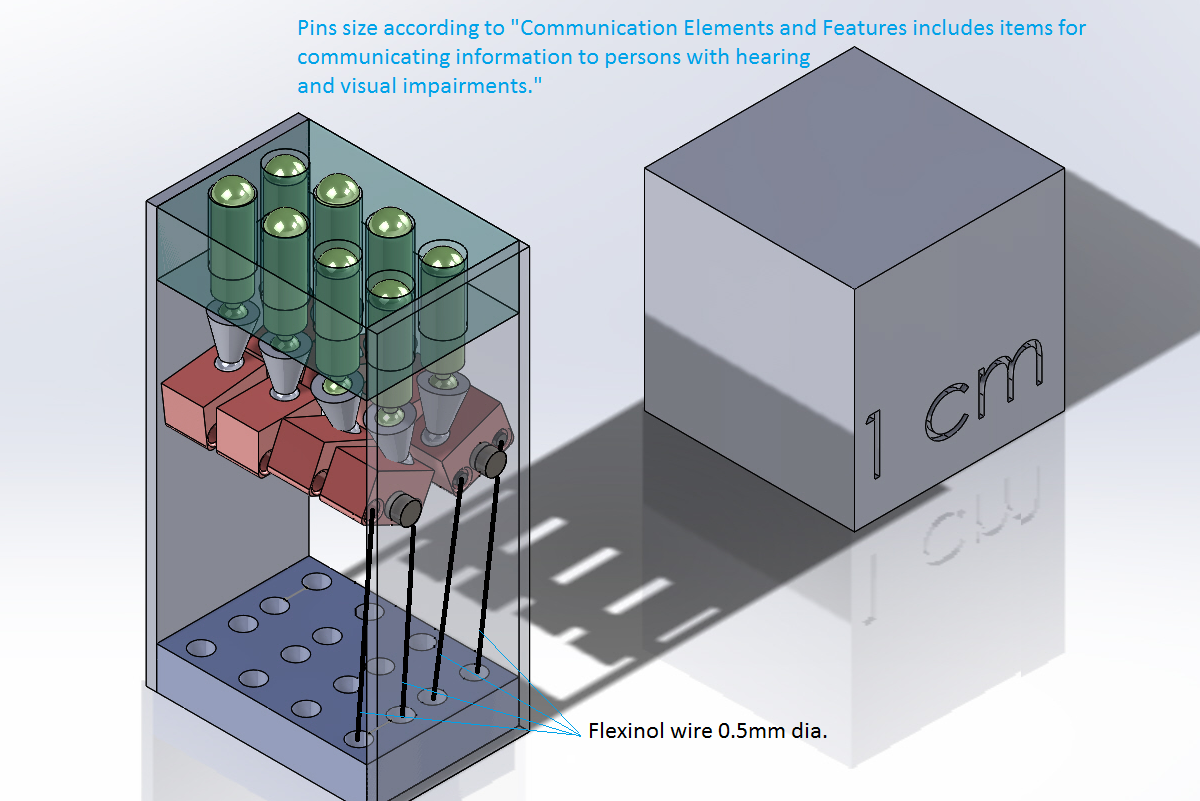
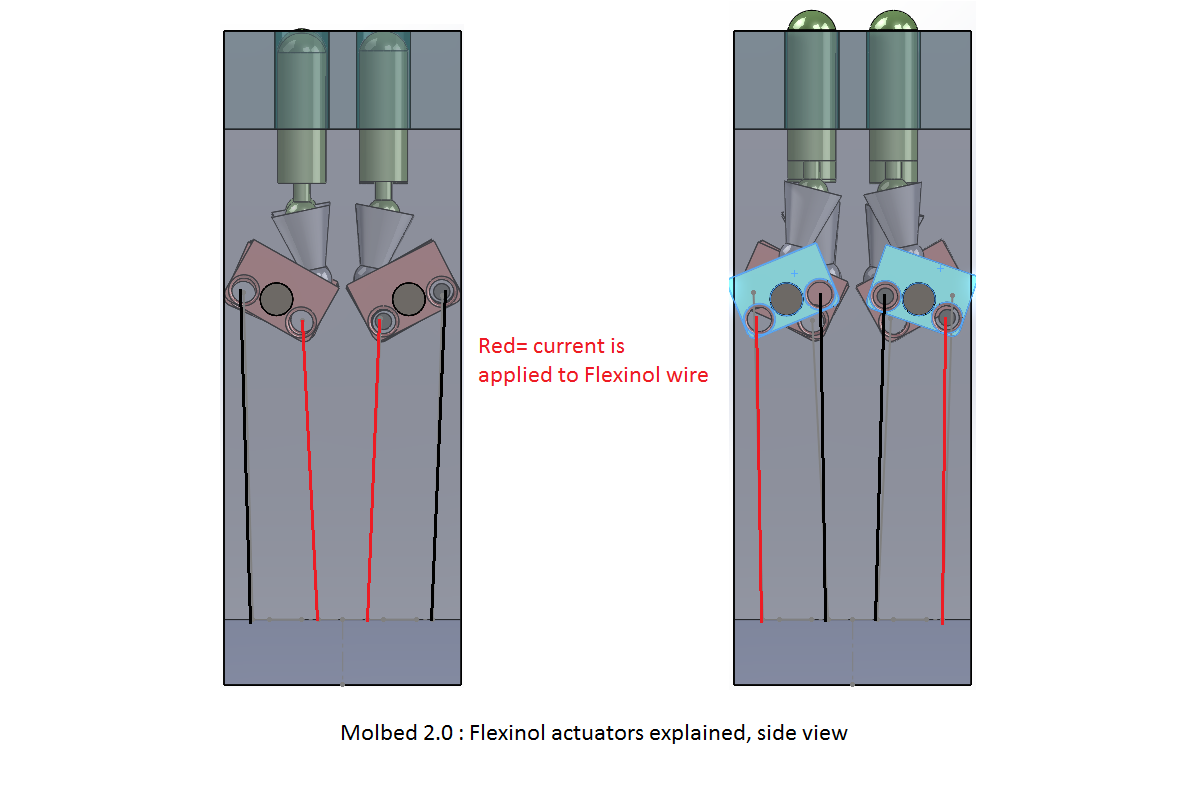
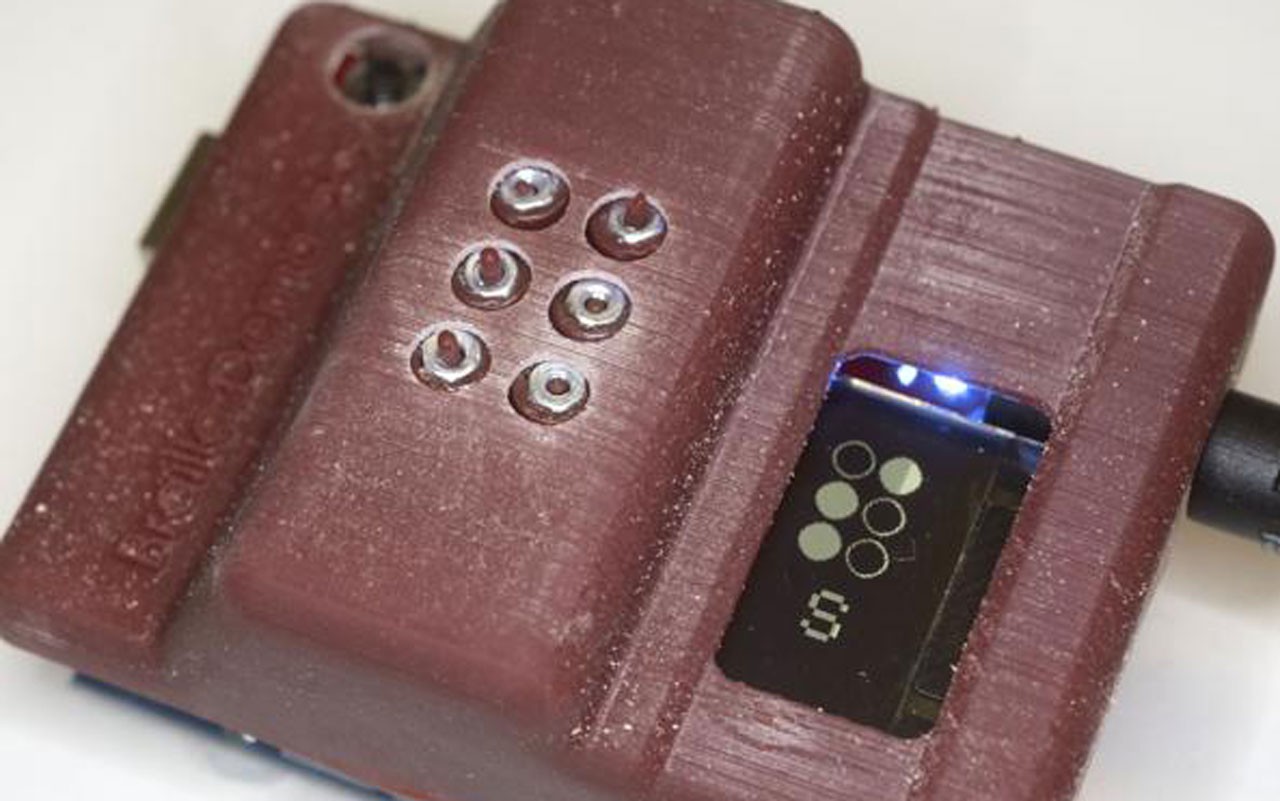
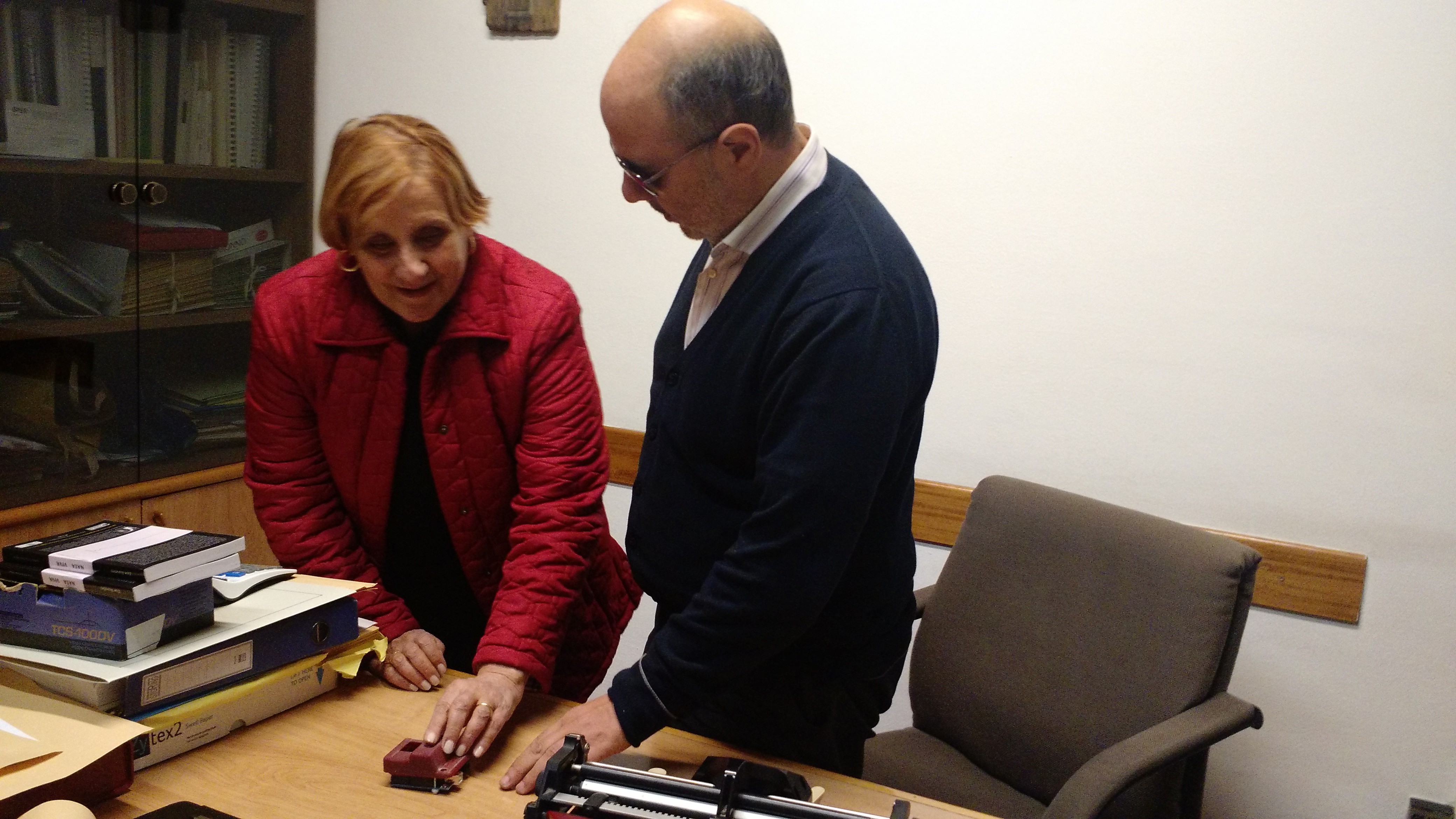 The first prototype has been tested thanks to the Italian association for visually impaired people.
The first prototype has been tested thanks to the Italian association for visually impaired people.